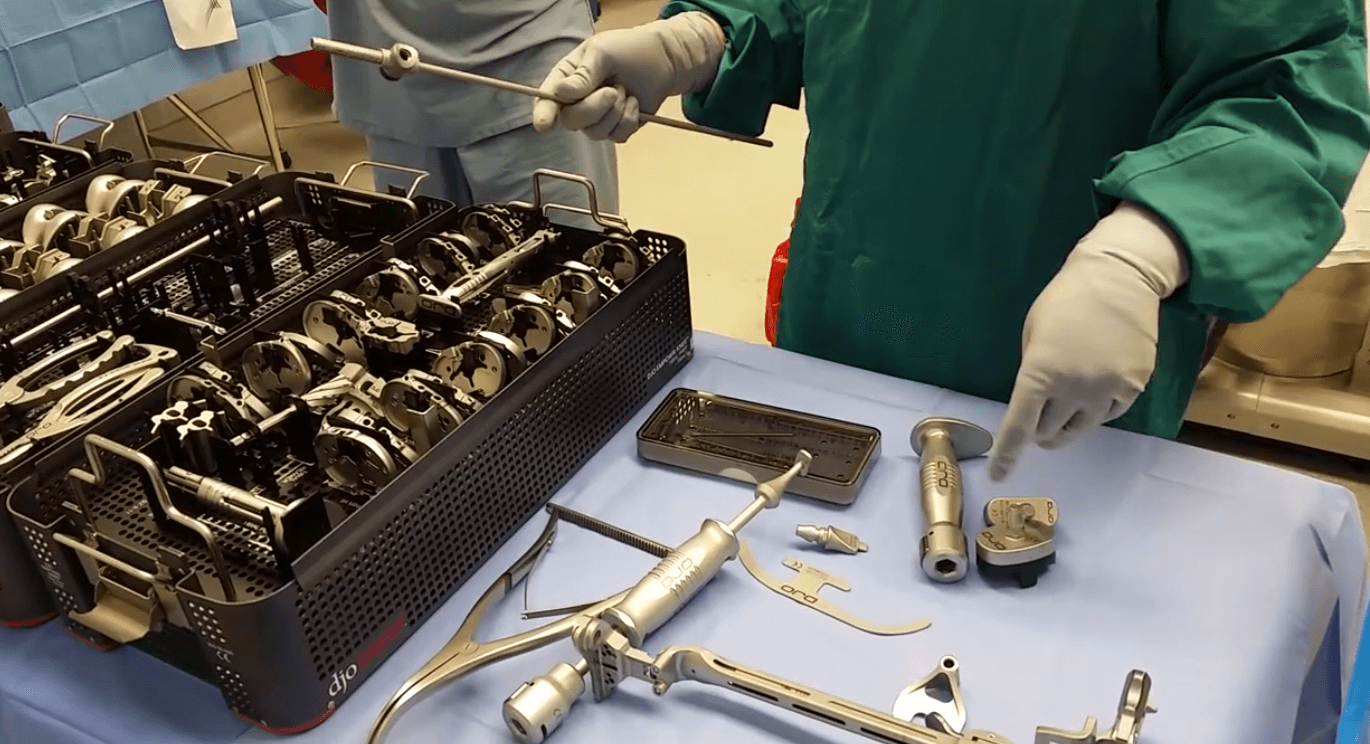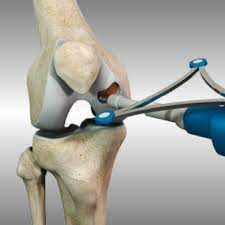By CAH Medical | Sichuan, China
For buyers seeking low MOQs and high product variety, Multispecialty Suppliers offer low MOQ customization, end-to-end logistics solutions, and multi-category procurement, backed by their rich industry and service experience and strong understanding of emerging product trends.
I. What do they put in your knee when you have a total knee replacement?
Total knee replacement implants a metal prosthesis and a polyethylene spacer in the knee joint. During the surgery, damaged knee cartilage is removed and a metal prosthesis made of cobalt or titanium alloy is installed and cemented to the tibia and femur. At the same time, polyethylene gaskets are placed between the metal components to act as a buffer and reduce joint wear.
Material of prosthesis
Metal parts : The mainstream materials are cobalt or titanium alloys, which have better strength and corrosion resistance than early stainless steel materials.
Polyethylene gasm : using ultra-high molecular weight polyethylene material, with good biocompatibility and wear resistance, can cushion the impact of joint movement.
Surgical PROCEDURES
Osteotomy : The position of the osteotomy of the femur and tibia is adjusted according to the size of the prosthesis.
Install the prosthesis : Fix the metal prosthesis to the surface of the femur and tibia and apply bone cement to enhance stability.
Insert gasket : A polyethylene gasket is placed between metal prostheses to restore smoothness and cushioning during joint movement.
II. What equipment do you need after a total knee replacement?
Rehabilitation after total knee arthroplasty should be staged and strictly follow the doctor’s advice, focusing on reducing swelling and pain, restoring joint mobility, strengthening muscle strength, and paying attention to the prevention of thrombosis and avoiding excessive weight bearing to ensure the surgical effect and functional recovery.
III. Key points of postoperative rehabilitation exercise
Early phase (1-3 days after surgery)
Ankle pump exercise: repeatedly hook the foot and stretch the foot when lying flat to promote lower limb blood circulation and prevent thrombosis.
Straight leg raise: Slowly raise the leg to 30° while lying flat, hold it for 5 seconds and then lower it to strengthen the quadriceps strength.
Ice and pressure bandaging: Ice for 15-20 minutes at a time to reduce swelling and pain.
Intermediate stage (1-2 weeks after surgery)
Passive flexion and extension of the knee joint: with the assistance of a doctor or a rehabilitator, the Angle of knee flexion was gradually increased, with the goal of reaching 90° at 2 weeks after surgery.
Bedside sitting knee flexion: Sit on the edge of the bed, slowly flex the knee joint, and stand for a short time with a walking aid.
Muscle strength training: squat against the wall (Angle no more than 90°), elastic band resistance training, improve leg stability.
Late stage (2 to 6 weeks after surgery)
Active flexion and extension training: using a stationary bicycle (low resistance), walking up and down stairs to gradually restore joint flexibility.
Gait correction: Practice walking with a walker or crutch to avoid lameness and transition to full weight bearing.
Balance training: stand on one leg (steady support), and shift the center of gravity to enhance proprioception.
Post time: Aug-16-2025














